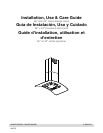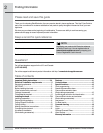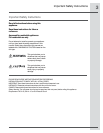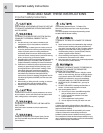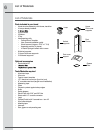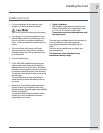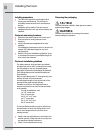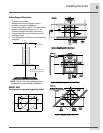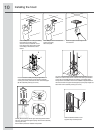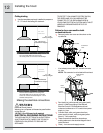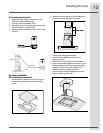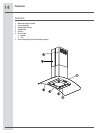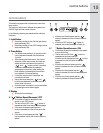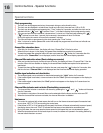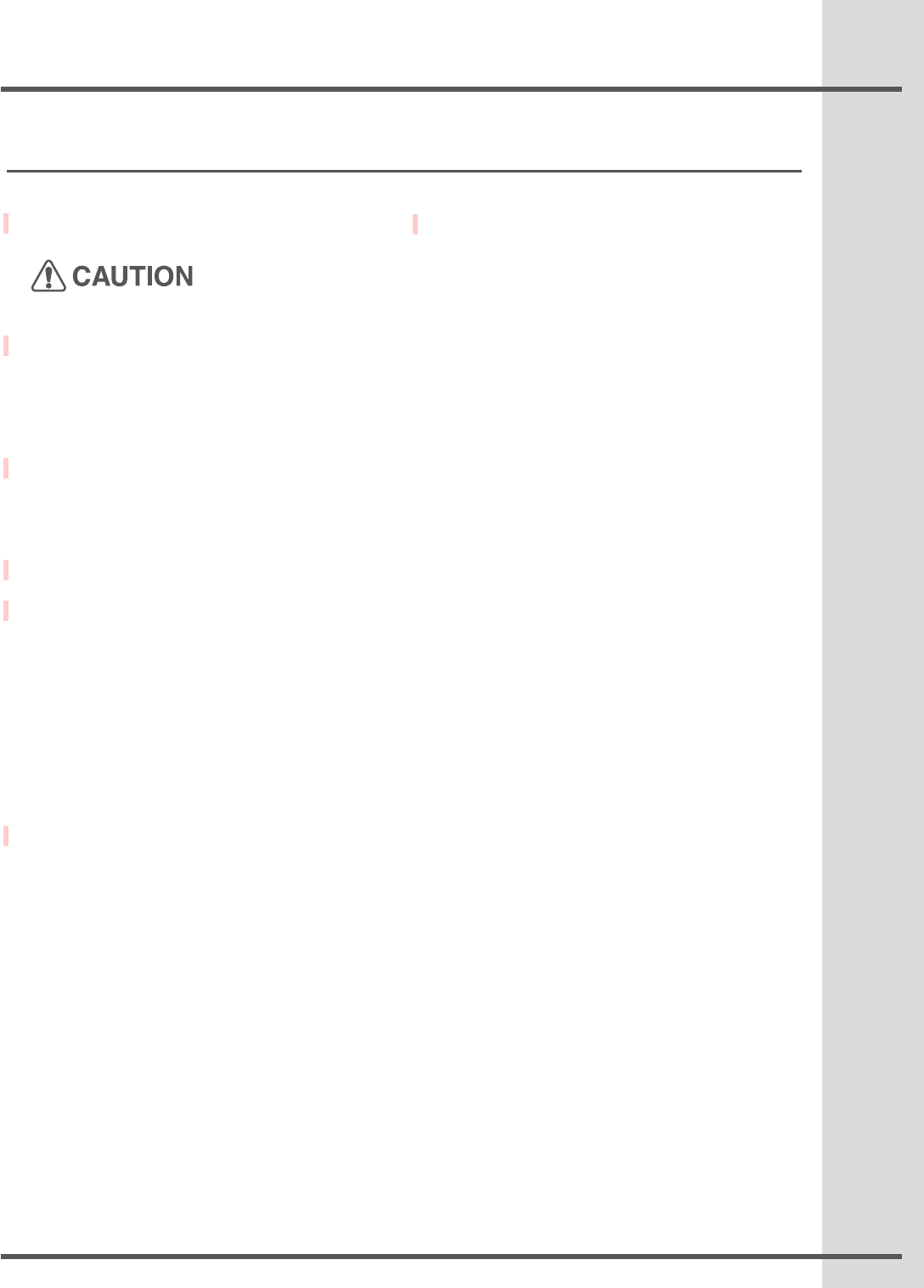
7
Installing the hood
For the most ecient air ow exhaust, use a
straight run or as few elbows as possible.
Vent unit to outside of building and recirculating.
On avarage 2 to 3 hours are necessary to com-
plete installation (without considering cut to be
done on wall and or on cabinet, installation of
ducts , conduit and electrical connections to the
mains).
The hood is tted with Screws and Drywall
Anchors suitable for most surfaces, consult a
Qualied Installer, check if they perfectly t with
your cabinet/wall.
Do not use ex ducting.
COLD WEATHER installations should have an
additional backdraft damper that is already in
stalled backward cold air ow and a nonmetallic
thermal to minimize break to minimize conduction
of outside temperatures as part of the ductwork.
The damper should be on the cold air side of the
thermal break.
The break should be as close as possible to
where the ducting enters the heated portion of
the house.
Make up air: Local building codes may require
the use of Make-Up Air Systems when using
Ducted Ventilation Systems greater than specied
CFM of air movement.
The specied CFM varies from locale to locale.
Consult your HVAC professional for specic
requirements in your area.
•
•
•
•
•
•
Installing the hood
Typical installation
Min installation height from the range top to the
bottom of the hood is 30” if a gas range is used
or 24” to 30” if an electric range is used.
These hoods are not recommended to be used
over indoor grills.
The hood may be installed vented to the outdoors, or
it can be installed for recirculating operation
(recirculating accessories not supplied with the
hood).
This hood can be installed over any electric and
gas cooktop/range.
This hood must not be installed over any
professional cooktop / range.
•



